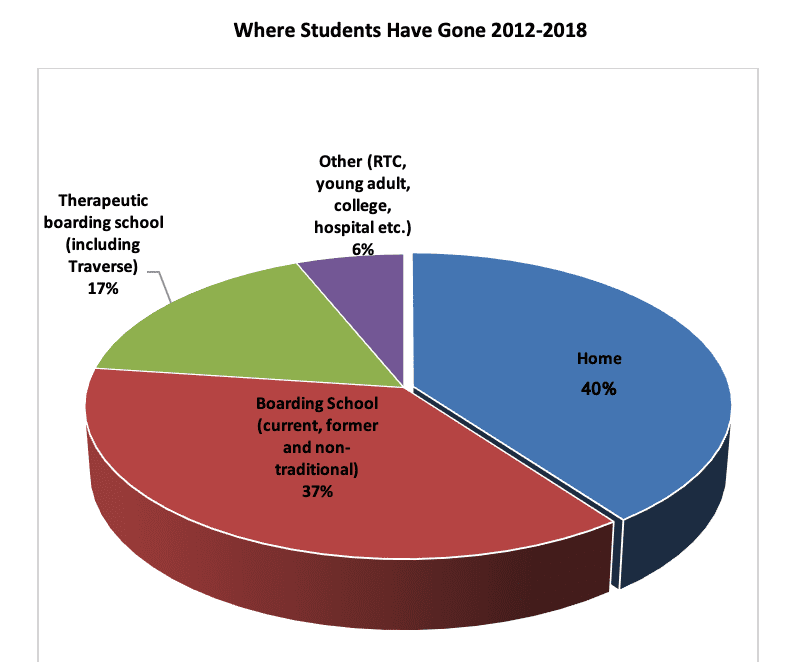What happens after Wilderness Therapy?
One of the most common things to come up during the admissions process for a therapeutic program like Summit Achievement is “what happens next?” Even before enrollment, both parents and students are rightfully concerned about where the student will go after graduation. Does my child get to come home? What if that’s not the right step? What if their former school is no longer appropriate? Does my child HAVE to go to therapeutic boarding school now that they’ve completed a therapeutic program? The short answer to all of these questions is “it depends”– what we mean by that is every student and every family situation is different. The best step after a primary placement in treatment is determined by a student’s emotional, behavioral, and academic readiness. It’s really about assessing each situation on an individual level, which is something that the program or treatment center should be doing from enrollment on. Educational and Therapeutic Consultants can be extremely helpful as well. That said, there are a few common options we’ll go through to help you understand what you can expect.
HOME – Some students are ready to go home after graduating from a therapeutic program. It’s important to keep in mind that any student returning home will need support from family, friends, and professionals. The decision to bring your child home should be one that is made with the help of the clinicians working with your family, educational consultants, and of course with your child themselves. About 40% of students return home after their time at Summit.

THERAPEUTIC BOARDING SCHOOL – Therapeutic boarding schools are a great option for students who need a more supportive environment than a traditional school. Therapeutic boarding schools combine academics with clinical support. At Summit Achievement, we developed a short-term therapeutic boarding school called Summit Traverse that is open to both Summit Achievement graduates and graduates from other wilderness therapy programs. Summit Traverse is the shortest term therapeutic boarding school in the nation. Approximately 17% of students leave Achievement and go to a therapeutic boarding school, including Traverse.
TRADITIONAL BOARDING SCHOOL – Boarding school can be a good choice for students who are ready to get back in the classroom, but need a more focused environment. Boarding school is also helpful for students who don’t feel returning to old peer groups is a healthy choice, and for those who may want to practice more independence. Boarding school also allows families to set healthy boundaries. The Small Boarding School Association is a great resource. About 40% of students leave Summit and go to a traditional boarding school.
YOUNG ADULT TRANSITIONAL PROGRAMS – For students who are over the age of 18 and/or who don’t need to complete high school, a transitional program is a fantastic way to implement the therapeutic and life skills learned in the primary placement. The Young Adult Transition Association is a good place to start for a better idea of these programs.
Remember this process is highly individualized, and the best option for your family might be different from others you read about online or even other students in the same program as your child. However, if you are in the process of selecting a therapeutic program for your child or if your child is currently enrolled in one, continue to ask questions about what happens next. While the answer might not be apparent until the student has begun treatment, programs should be able to share data with you about where students go after graduation. If you’re working with an educational consultant, they might also be able to help shed light on this process. At Summit Achievement we like to be transparent about this data.